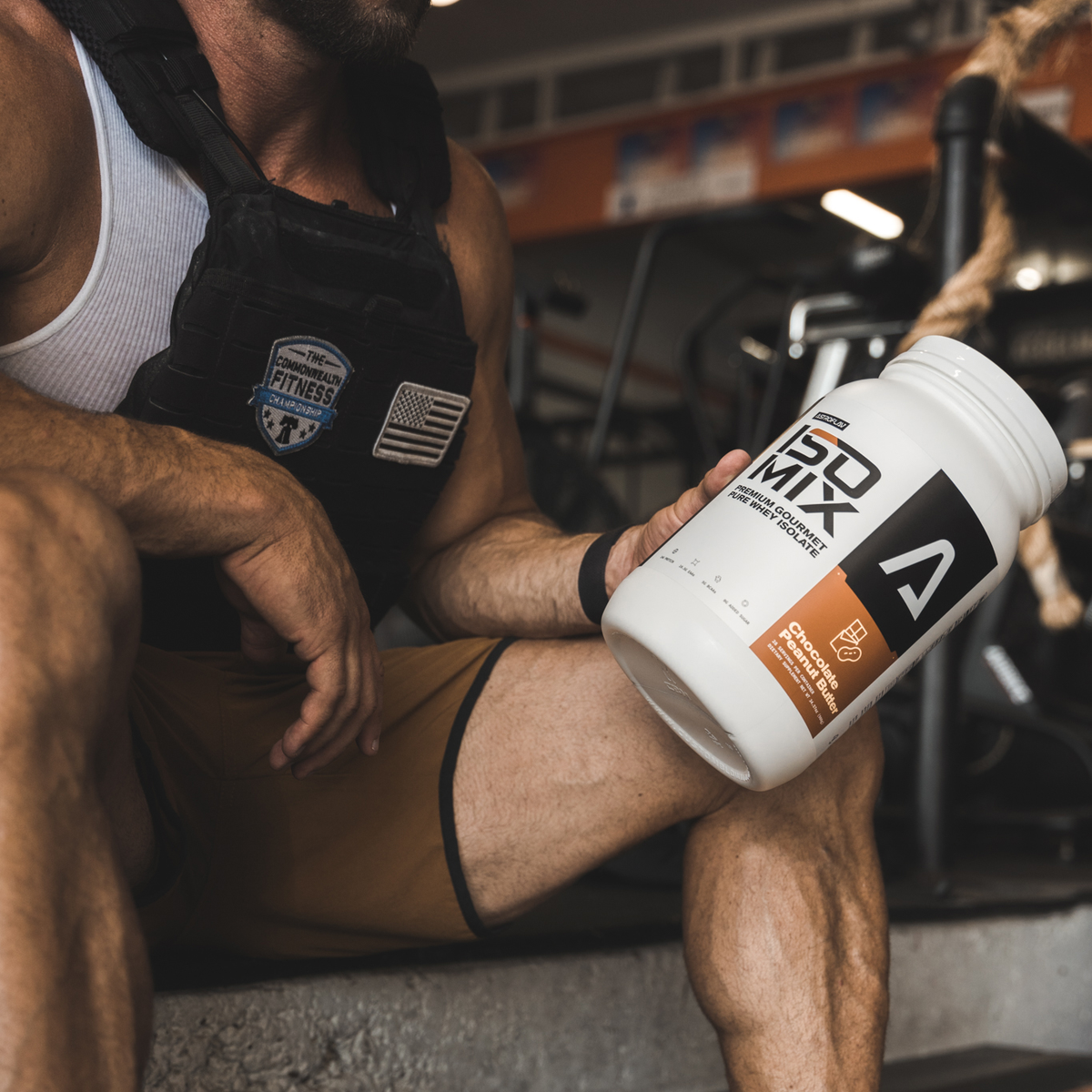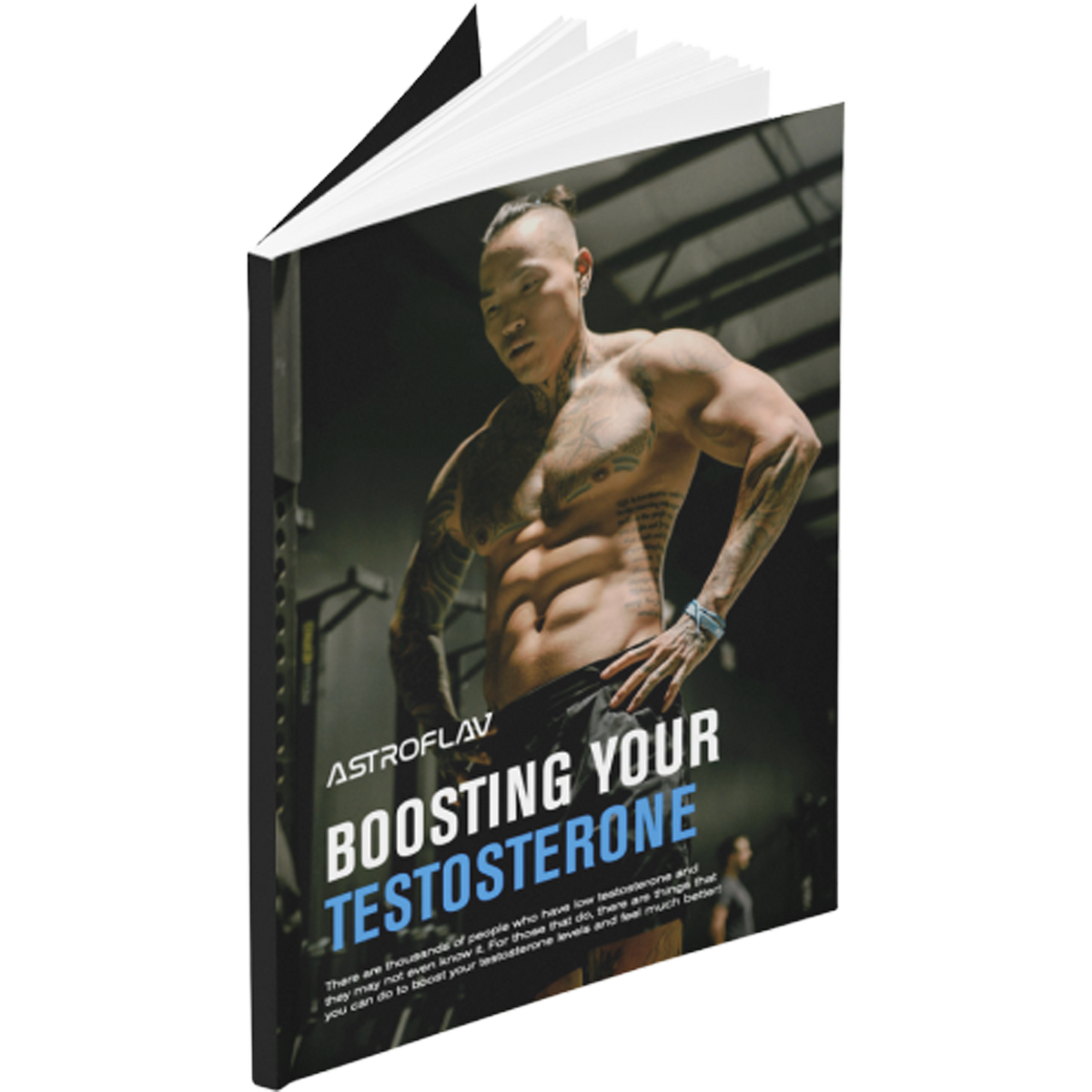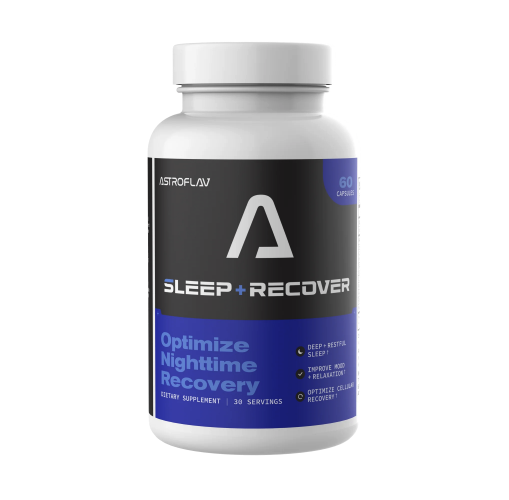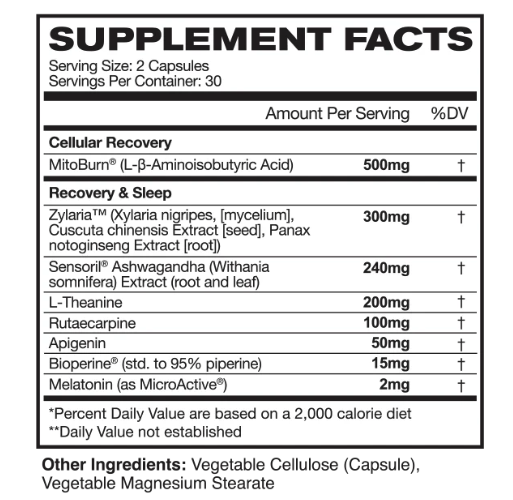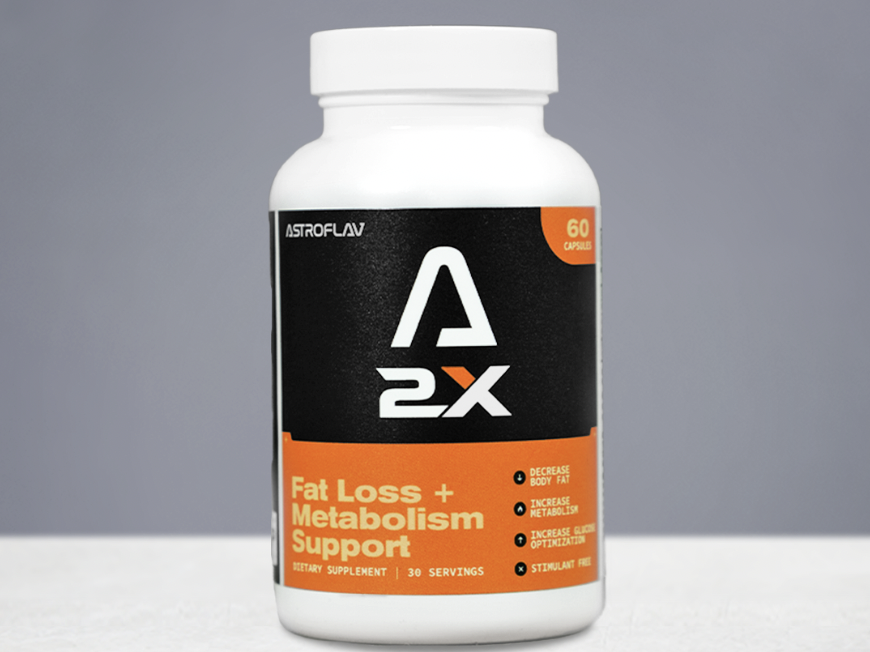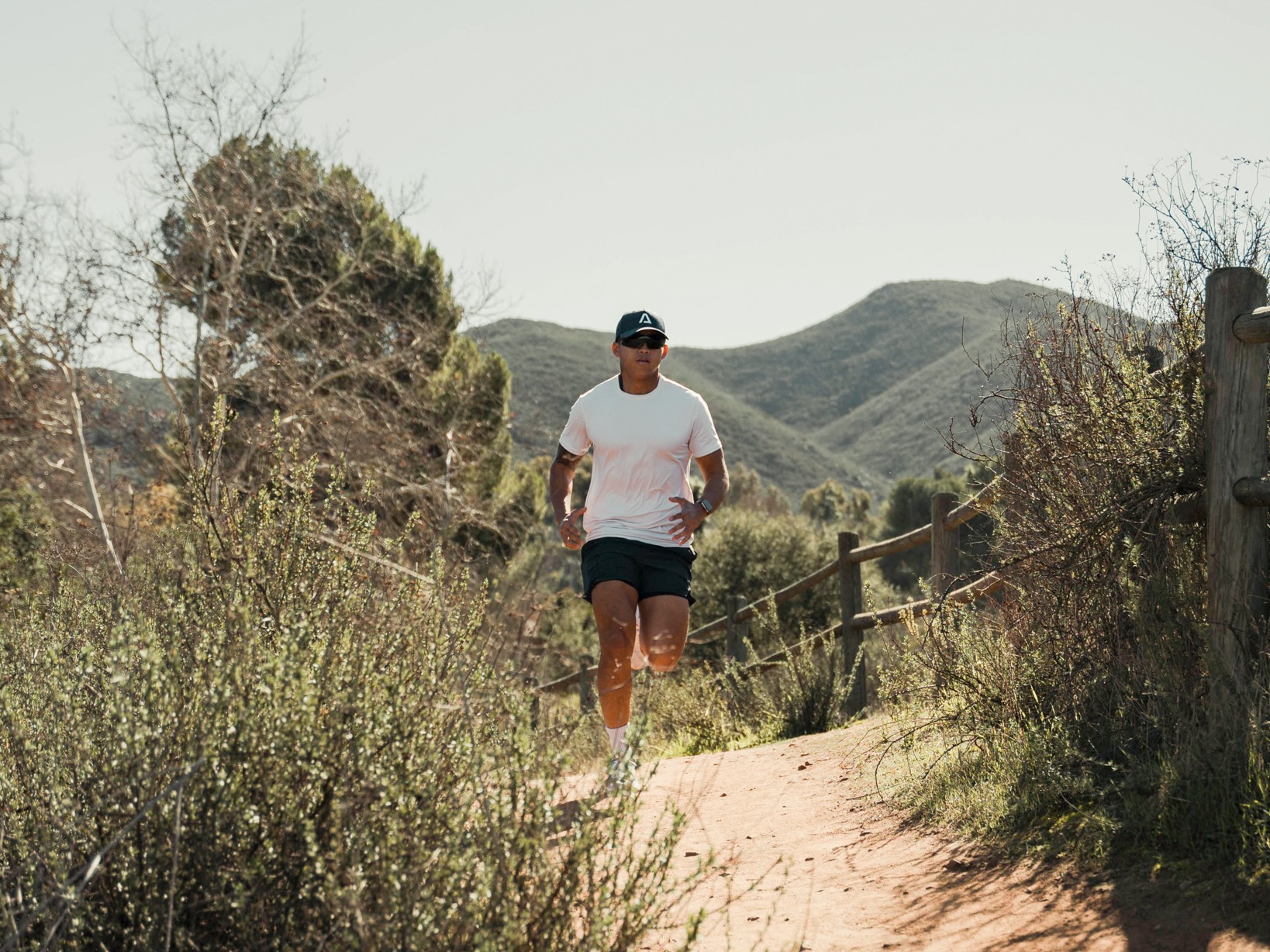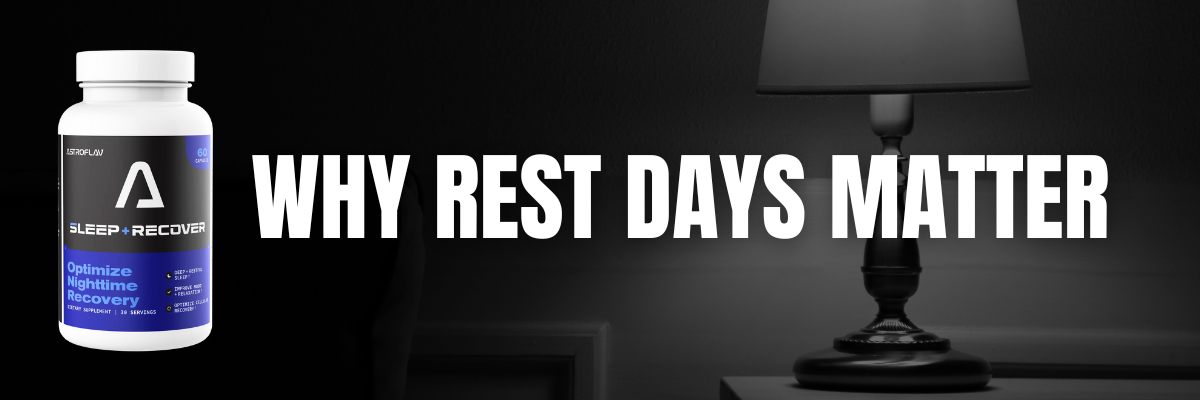
Why Rest Days Matter: Increase Muscle Growth & Performance
In the pursuit of fitness goals, it's tempting to push through workouts day after day, believing that more effort equates to better results. However, one of the most overlooked components of a successful training regimen is rest. Rest days aren’t just about taking a break—they play a vital role in optimizing muscle growth, improving performance, and preventing burnout. Incorporating regular rest days into your routine allows your body to repair and rebuild, ensuring you come back stronger for every workout. In this article, we’ll explore the science behind rest days and why they’re a non-negotiable element of any effective fitness plan.
Why Are Rest Days Important?
Rest days are a critical component of any fitness regimen, whether you’re a bodybuilder, runner, or general fitness enthusiast. During intense exercise, muscle fibers endure microtears that need time to repair. This repair process is essential for muscle growth, strength gains, and endurance improvements. Without sufficient rest, these processes can be hindered, leading to overtraining, fatigue, or even injury.
Scientific evidence underscores the importance of rest for recovery. Research shows that muscles need at least 48 hours to fully recover from strenuous activity, allowing time for glycogen replenishment and tissue repair. These rest periods also help reduce the risk of overuse injuries, such as tendinitis and stress fractures, common in those who overtrain without adequate downtime (UCHealth, Xceleration Fitnessm, HBR Personal Training).
Benefits of Taking Rest Days
We often hear that rest is essential for recovery, but it also offers a wide range of additional benefits. Rest is also vital for hormonal balance. Intense exercise can elevate cortisol levels—a stress hormone that, in excess, can impair recovery and muscle growth. Scheduled rest days promote the release of growth hormones, essential for muscle repair and overall recovery. Additionally, taking time off helps replenish energy stores, such as glycogen, ensuring you’re physically ready for the next workout (UCHealth, HBR Personal Training).
Athletes across disciplines benefit from rest days. For bodybuilders, they enable hypertrophy and strength progression. Runners use rest to avoid overuse injuries and improve endurance. For general fitness enthusiasts, rest days boost overall performance and keep motivation high, reducing the risk of burnout (UCHealth).
Incorporating both complete rest and active recovery—like light stretching or yoga—ensures you reap the full benefits of downtime while keeping your body moving gently. By prioritizing recovery, you set yourself up for long-term success in your fitness journey.
How Often Should You Take Rest Days?
The frequency of rest days depends on factors such as the intensity of your workouts, fitness level, and personal recovery needs. For most people, incorporating 1-2 full rest days per week is recommended to allow the body adequate time to repair and rebuild. Studies suggest that recovery is essential for maintaining performance, as continuous high-intensity training without breaks can lead to overtraining and decreased progress (UCHealth, Xceleration Fitness, HBR Personal Training).
For athletes engaged in strength training or bodybuilding, scheduling rest days strategically is crucial. Research shows that muscles require 48-72 hours to recover after intense resistance workouts, particularly if targeting the same muscle groups (HBR Personal Training, UCHealth). Alternating muscle groups during training sessions can also extend the time between full rest days while still allowing recovery.
Endurance athletes, such as runners or cyclists, may benefit from a mix of full rest days and active recovery. Active recovery, which includes light activities like walking, stretching, or yoga, helps maintain blood flow to muscles without adding strain. A 2020 study found that active recovery improved muscle performance and reduced soreness more effectively than complete inactivity (Journal of Sports Science & Medicine, 2020).
Ultimately, listening to your body is key. Symptoms such as persistent fatigue, prolonged soreness, or a decline in performance may signal the need for additional rest. Tailoring rest days to your unique needs ensures optimal recovery, prevents injuries, and supports long-term fitness success (UCHealth, HBR Personal Training).
What To Do On A Rest Day?
Rest days can feel challenging for those who thrive on a structured fitness routine or fear losing progress by taking time off. It's common not to know how to spend these days, but rest doesn’t mean inactivity. Both complete rest and active recovery play essential roles in optimizing recovery and performance.
Complete rest days, where you avoid all physical exertion, allow your muscles, joints, and central nervous system to fully recover. These days are particularly beneficial after intense workout cycles or heavy training sessions, as they provide the body with the time it needs to repair and replenish energy stores.
For those who prefer to stay slightly active, incorporating light activities such as walking, gentle yoga, or stretching can promote blood flow, alleviate muscle soreness, and enhance flexibility. Research shows that active recovery can accelerate muscle repair and improve performance without causing additional strain.
Ultimately, the best approach is to listen to your body. Whether you choose complete rest or light activity, the goal is to prioritize recovery while maintaining your overall fitness momentum. Rest days, when planned effectively, are not setbacks—they are strategic tools to help you train harder and perform better in the long term.

The Role Of Sleep In Muscle Growth
Rest days and recovery routines are critical for muscle growth, but quality sleep plays an equally important role in maximizing performance. During sleep, the body produces a significant amount of growth hormone, which is essential for muscle repair and development. Research shows that poor sleep can hinder protein synthesis, a process vital for muscle recovery after exercise (Alaska Sleep Clinic, Sleep Foundation).
In addition to repairing muscle tissue, sleep helps replenish energy stores like glycogen, which fuels future workouts. Without proper rest, recovery times are slower, fatigue increases, and performance can decline. Sleep also regulates hormonal balance, and insufficient sleep can elevate cortisol, a stress hormone that disrupts muscle repair and promotes muscle breakdown (National Sleep Foundation).
To maximize muscle growth, aiming for 7-9 hours of quality sleep each night is essential. This not only enhances recovery but also improves focus and coordination, ensuring that your workouts remain effective and you continue progressing toward your fitness goals. Prioritizing sleep, along with a proper recovery routine, ensures you have a solid foundation for muscle growth and overall health.
Boosting Recovery with AstroFlav's Sleep & Recovery
AstroFlav’s Sleep & Recover is designed to optimize your recovery by addressing two key aspects: quality sleep and metabolic support. This unique formula combines sleep-enhancing ingredients with metabolism-boosting components to help you achieve restful nights and support your fitness goals.
How Sleep & Recover Works:
-
Promotes Restful Sleep: Sleep & Recover includes ingredients such as GABA and valerian root, known for their calming effects, which help you unwind and enter deep, restorative sleep. These phases are critical for muscle repair, growth, and overall recovery.
-
Enhances Muscle Recovery: While you sleep, your body actively repairs microtears in muscles caused by exercise. The formula supports these processes by reducing nighttime cortisol levels and optimizing hormonal balance.
-
Supports Metabolism: Unlike traditional sleep aids, Sleep & Recover also includes metabolism-enhancing components like green tea extract and CLA (Conjugated Linoleic Acid) to keep your body burning calories efficiently overnight, aligning with your fitness and recovery needs.
By combining high-quality sleep support with metabolism optimization, Sleep & Recover not only helps you feel refreshed but also accelerates your journey toward achieving your fitness goals. It’s a perfect addition to a recovery routine, particularly on rest days when your body needs a little extra help to recharge.
For a detailed look at the ingredients and benefits, visit AstroFlav's Sleep & Recover.
Conclusion: Ignite Your Recovery With AstroFlav
Incorporating rest days, prioritizing quality sleep, and leveraging innovative recovery tools like AstroFlav’s Sleep & Recover creates a comprehensive approach to optimizing your fitness journey. Rest days allow your muscles and mind to recharge, preventing overtraining and reducing injury risk. Sleep acts as your body’s natural repair mechanism, enhancing muscle growth, energy restoration, and overall performance. With evidence-backed insights underscoring the importance of these practices, building recovery routines into your regimen becomes non-negotiable for long-term success.
By integrating products like Sleep & Recover into your recovery plan, you can maximize the benefits of both rest and sleep. The unique blend of sleep-enhancing and metabolism-supporting ingredients ensures you wake up ready to tackle your next workout while steadily progressing toward your fitness goals. Remember, balance is key: rest, recover, and then return stronger. With AstroFlav's expert support, your recovery game can elevate your entire fitness journey.
At AstroFlav, we want the best for our customers. It is our goal to help everyone achieve their fitness goals and steer them in the right direction with trust-worthy advice AND trust-worthy supplements!
How to Reset Your Metabolism
Your metabolism may be the reason why you can't lose weight!
Body Recomposition: Lose Fat & Gain Muscle
Can you lose fat and gain muscle at the same time?
RESOURCES

